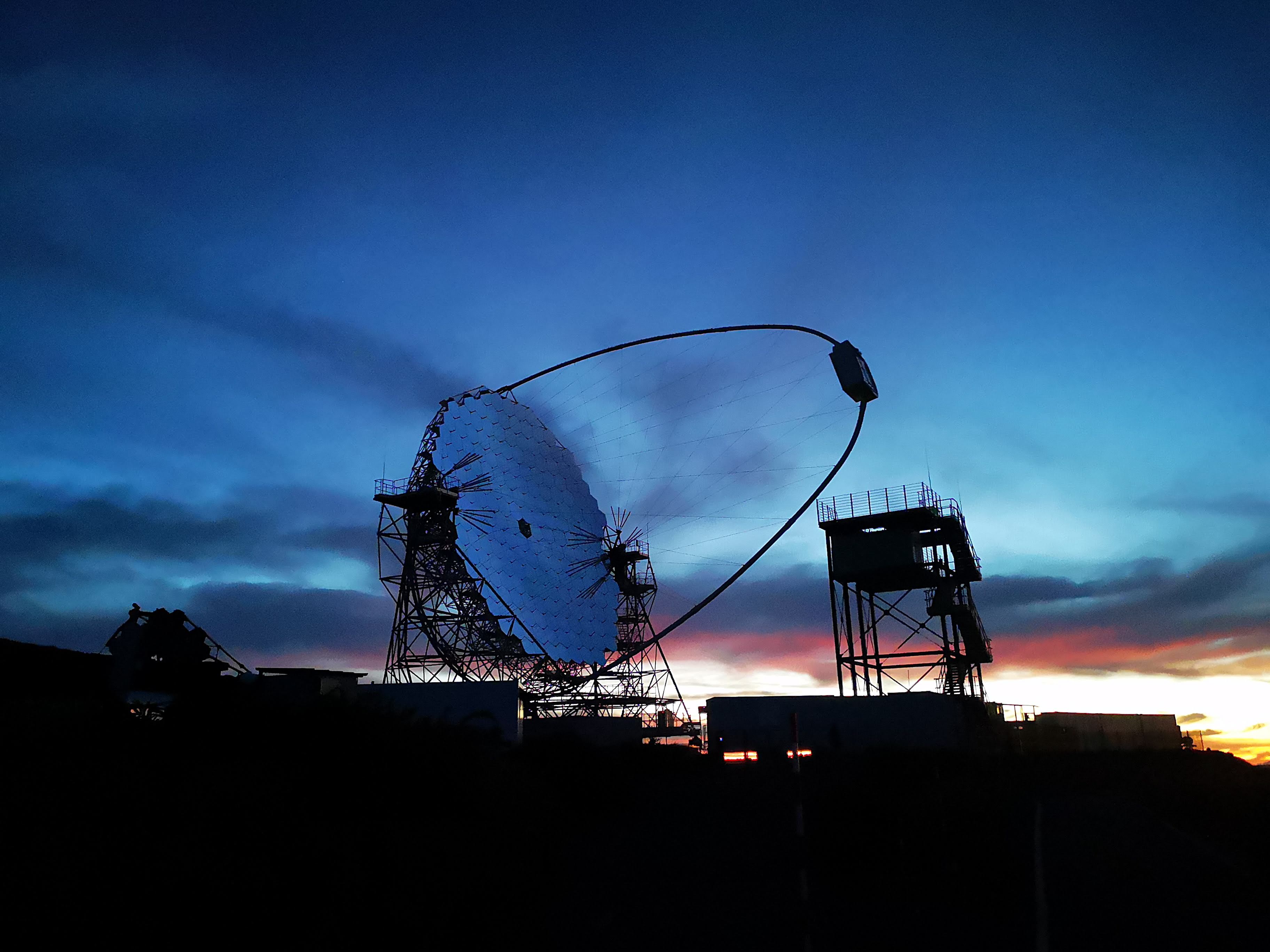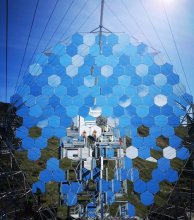The Crab Nebula detected by the LST
In its first attempt to detect a gamma-ray source, the Large-Sized Telescope prototype (LST-1) successfully detected its first gamma-ray signal on 23 November 2019 when it pointed to the Crab Nebula, which is considered the standard candle in very high-energy astronomy. Several members of the LAPP LST team were on site.
The LAPP is heavily involved in the construction of the LST, the prototype of which was inaugurated just one year ago. The laboratory is also in the forefront of data analysis. Several LAPP scientists were present during the first results. “We arrived in Santa Cruz de La Palma on Friday, November 15″ says Thomas Vuillaume, a physicist at the LAPP, and then we have to go about 50 km away to El Roque de los Muchachos, the astronomical observatory on the island of La Palma.”
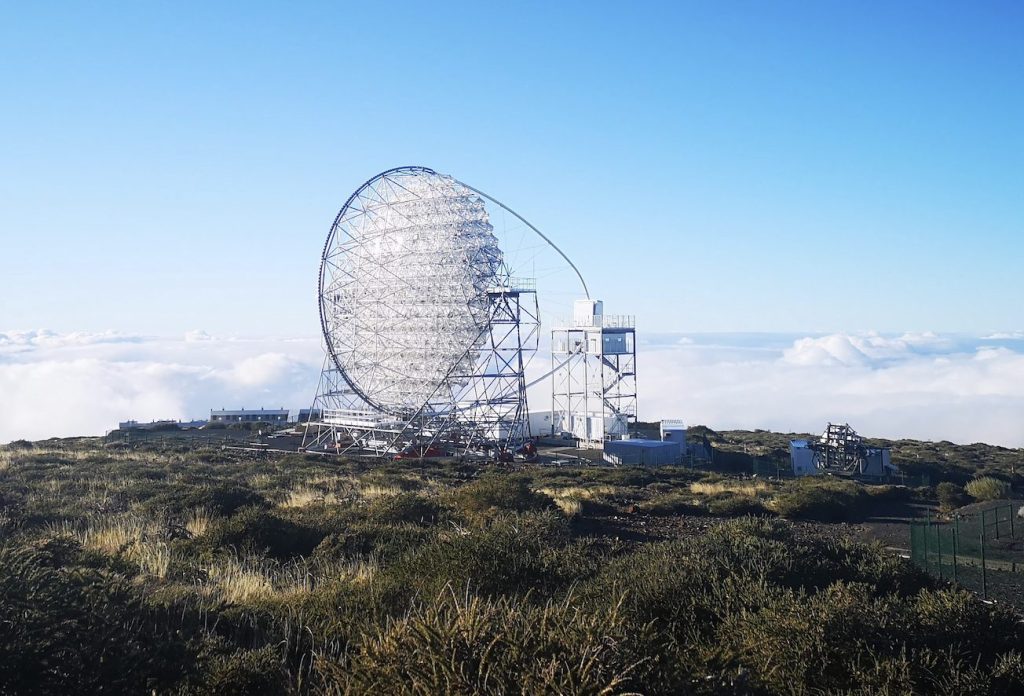
But visibility was not good and the researchers were not able to start their observations right away. “When the weather finally cleared, the camera flap broke,” Thomas continues, “so we had to call an expert on this part of the telescope urgently to repair it quickly. It was only a week later that we were able to start the observations.

“The nebula is only visible around 11pm at this time and you have to wait until it is high in the sky to be able to detect it with the LST. It was only around 1am on November 23rd that we began our observations. We collected nearly 4h30 of data, first directly at the source and then where there was nothing to determine the ambient noise. ” Quite a big deal with a prototype still in the testing phase. “A lot of things are still manual and you have to control each subsystem independently so it takes a lot of time,” says Thomas.
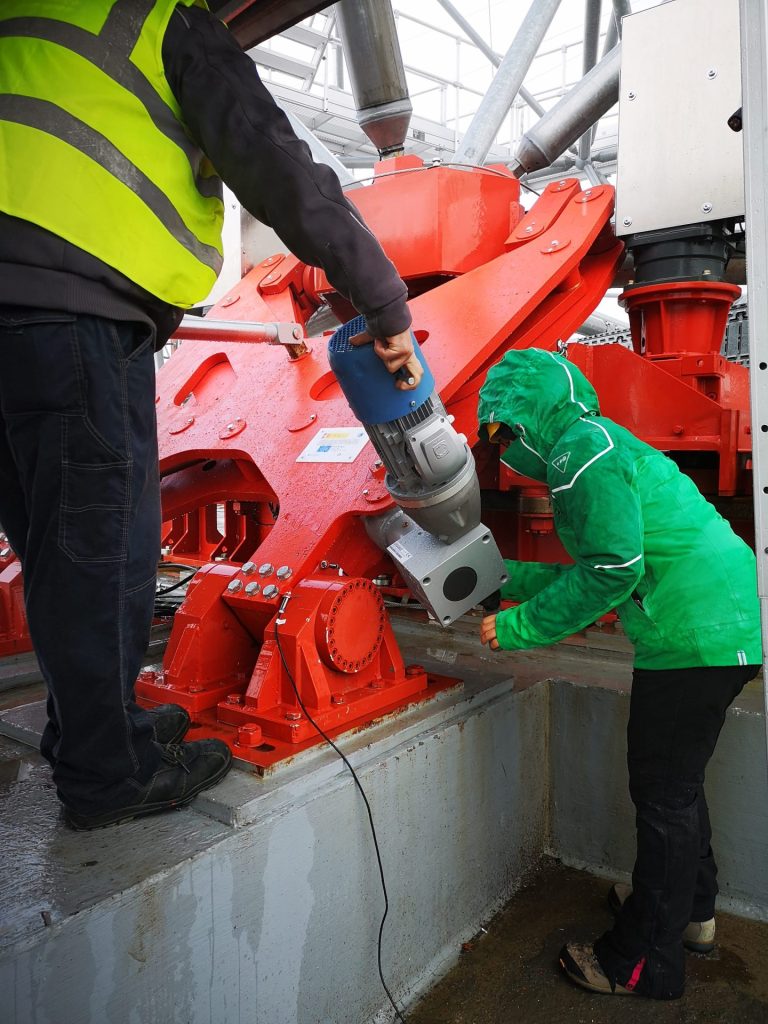
But once the observations were made, we were able to start data analysis directly and get first results the next day. This allowed us to correct some data collection problems and restart the observations the following night. But when we did the full analysis of all the data, the signal was clear and significant.”
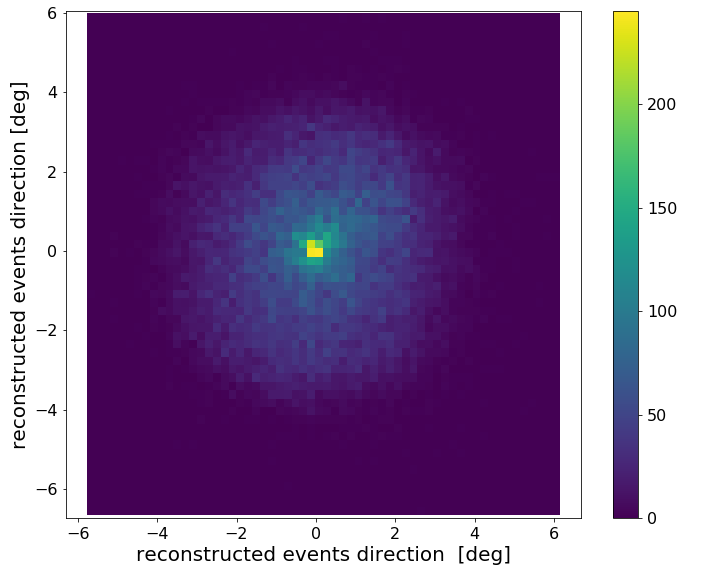
At very high energy, the angular resolution is very low and the nebula only appears as a point. “Very high energy observation does not allow a morphological study of the elements but a spectral study. This allows us to know the emission characteristics and therefore the acceleration processes of the particles in the object,” Thomas explains.
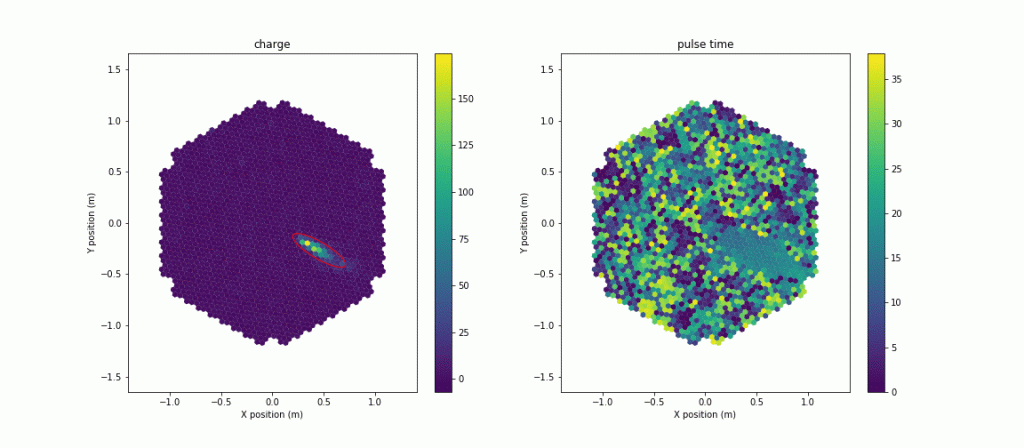
Encouraging results for the LAPP team, which validate both the proper functioning of the telescope and the entire data analysis chain. A more detailed analysis of the results will also allow the instrument to be better calibrated for optimal performance.
